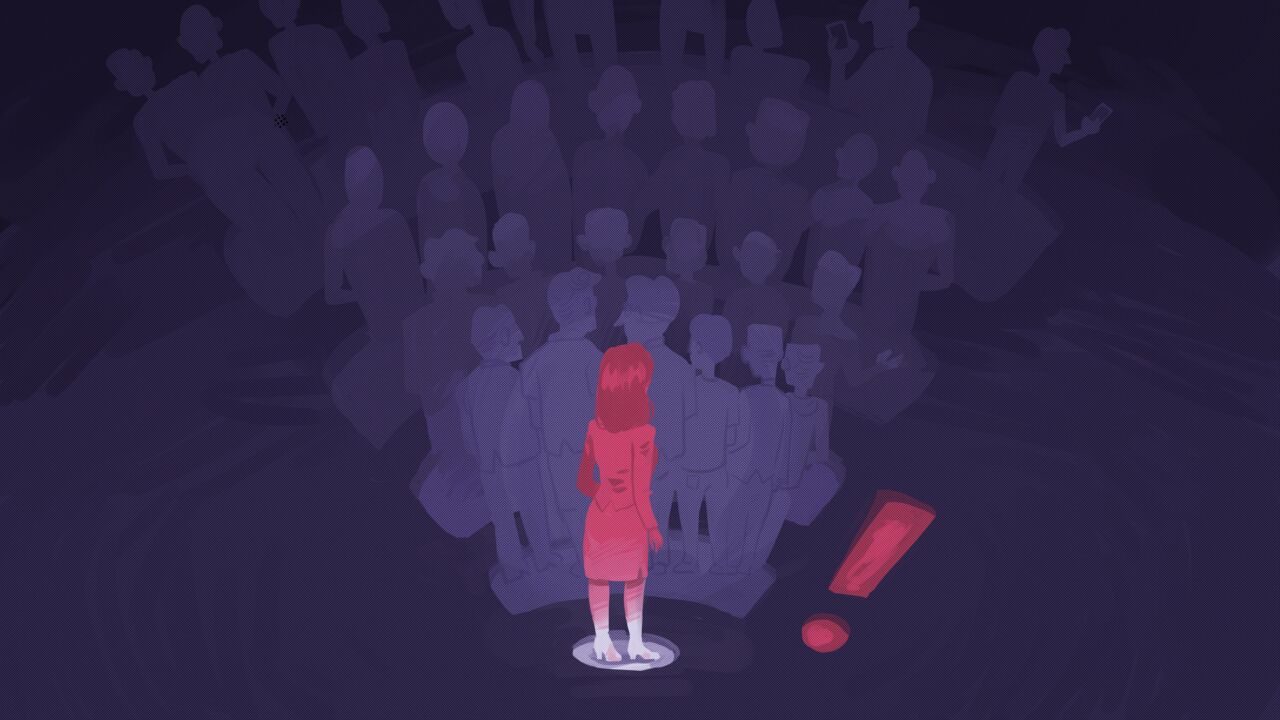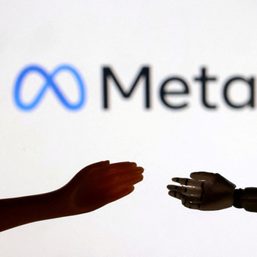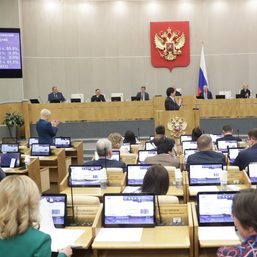SUMMARY
This is AI generated summarization, which may have errors. For context, always refer to the full article.

First of 2 parts
LONDON, United Kingdom – Let us start with numbers: more than a third, or 37%, of all the women in the world are not using the internet, according to the 2022 report of the International Telecommunication Union (ITU). That’s 1.44 billion offline women or the size of the entire population of India.
Compare it to men: 69% of all the men in the world had used the internet, with only 31% unconnected.
That is called the digital gender divide, where less women are meaningfully and productively connected. The problem has caused low to middle-income countries a staggering US$1 trillion in their economies so far. If this is not addressed, the loss will balloon to US$1.5 trillion by 2025.
To help imagine this problem, start with the general premise: women and men are not equal in the offline world. Problems like wage gap (women are earning 20% less than men according to 2022 figures), discrimination, and the vulnerability of women to abuse, still persist.
Between a man who has higher income to afford a device that can meaningfully connect him to the internet, thus learning all the skills needed for the highly-digitalized processes of a capitalist system, and a woman who does not have enough income to do the same, a profit-driven company will choose the man.
Imagine that situation a hundred-fold, and then imagine the problem being exacerbated by the fact that women are discouraged from fully engaging in the digital space because of the harms and threats of online gender-based violence, then you can start to grasp just how tilted the digital world is against women.
It has often been said that the world was designed by men, for men, and the same is true even in the current world where artificial intelligence (AI) systems are pervasive. One would think that AI is blind to gender but according to UN Women, a global analysis of AI systems across industries has shown a 44% gender bias. How would they not have gender bias when women only make up 22% of AI workers.
“The digital divide is primarily, without a doubt, economic, but it is also driven by social and cultural issues, and these systemic discriminatory practices continue to be very, very strong in most societies,” said Sonia Jorge, founder of the Global Digital Inclusion Partnership (GDIP), and its executive director for strategy and partnerships.
Things don’t happen with just a click
The person reading this article may easily be lost in this thought: “I am here reading this on my laptop or my smartphone, a device I can use for a wide range of activities from paying for my groceries to buying stocks. What is the problem?”
The problem is that not everyone will have the same access and skills: if you look around your circles, you are bound to find a person who, even though she has a smartphone, would not be able to maximize its usage the same way. Now again, imagine her a hundred millionfold.
When a woman connects to the internet, when a woman clicks the button, the problem does not go away. Meaningful connection is another mountain to overcome.
In Uganda for example, where women are 43% less likely than men to utilize technology, women found it harder to transition their businesses online when the pandemic hit, according to the 2022 State of Broadband report. The same report says women are currently 18% less likely than men to own a smartphone.
“The women and girls we’re talking about that remain unconnected or largely poorly connected, they don’t have the skills to engage, and won’t be able to take advantage of that,” said Jorge.
“Until the point where we all understand that the online world is not simply about coming in and everything will happen fine, that there are actually things we need to be aware of, the online world will remain just another platform of discrimination,” Jorge added.
Gadgets and gizmos aplenty: Not enough
More affordable internet, and one that is actually worth paying for, are very important. That’s a job for those involved in building the infrastructure. But the ITU says two other main reasons why people do not connect to the internet are the lack of “awareness about the internet as well as the inability to use the internet.”
Ability to use the internet is not just about being savvy or techy, it is also about whether the internet is safe for women. Can a woman fully protect her data privacy on the internet, can she fully protect her peace of mind, her mental health, and who will protect her from being a target of online abuse?
Most girls experience their first social media harassment as young as 14 years old; even women in power and influence are not spared because 73% of women journalists and 58% of women parliamentarians are victims of online attacks, according to UN Women numbers.
There’s also a chilling effect: the global rate of online violence against women is a high 85%, according to The Economist’s Intelligence Unit.
So while access to resources, or wealth, is an integral part of getting more women connected to the internet, the socio-cultural systems around us still need to be changed to forge meaningful – and not to mention – safe connection.
Because when women are connected, there is an increase in economic growth: a more gender-diverse technological team invents more “economically valuable and high-impact” products, says Organisation for Economic Cooperation and Development (OECD).
The world we live in today has many urgent problems – there is war, climate change, and disintegration of democracies all over. Women’s connectivity may seem like a blip in the range of issues, but it is not. When women are connected, they can do more in solving these problems.
“The truth is, people have access to information in times of crisis, they have access to information about their rights, they have access to their families, people use it for organizing, for talking to doctors, for solving problems, for getting food, for logistics,” said Jorge.
“It’s not about [different issues] competing for resources, it’s about how internet access is going to allow us to get to our other goals faster,” said Jorge, “and I have a poorer world when women around the world are not part of it.” (To be concluded: New legal frontier: Women’s rights against online violence) – Rappler.com
This story was produced in partnership with the Global Digital Inclusion Partnership.
Add a comment
How does this make you feel?

![[OPINION] We should own our health](https://www.rappler.com/tachyon/2024/06/thought-leaders-we-should-own-our-health.jpg?resize=257%2C257&crop=271px%2C0px%2C720px%2C720px)

![[OPINION] A big defeat for Big Tech](https://www.rappler.com/tachyon/2024/03/big-defeat-big-tech-march-27-2024.jpg?resize=257%2C257&crop=425px%2C0px%2C1080px%2C1080px)










There are no comments yet. Add your comment to start the conversation.